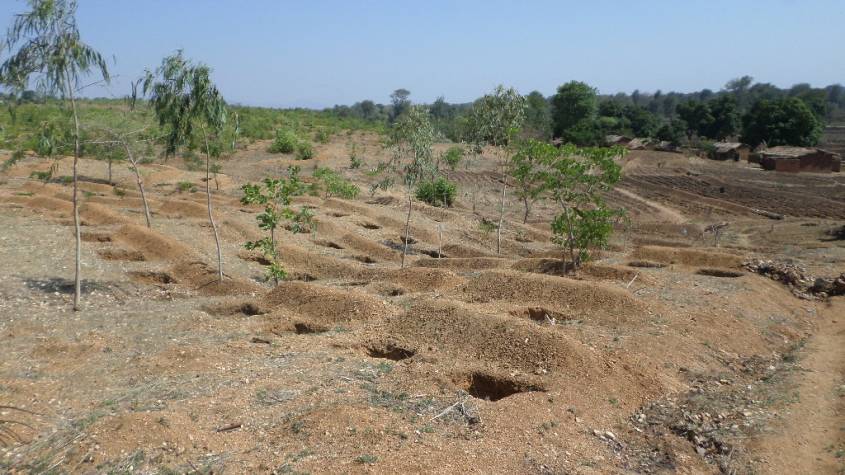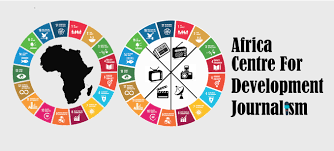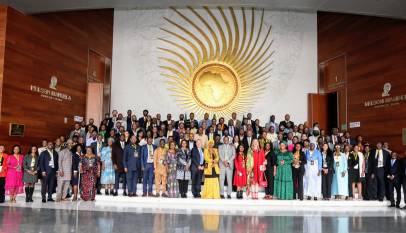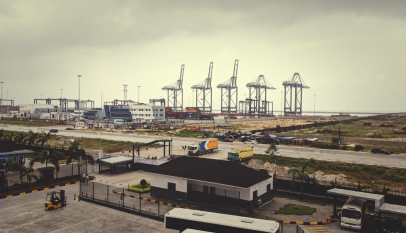Climate Change Thwarts Farmer’s Crop Production Efforts
Climate Change is thwarting Malawian farmers’ crop yields keep dwindling, jeopardizing their food security and livelihoods.
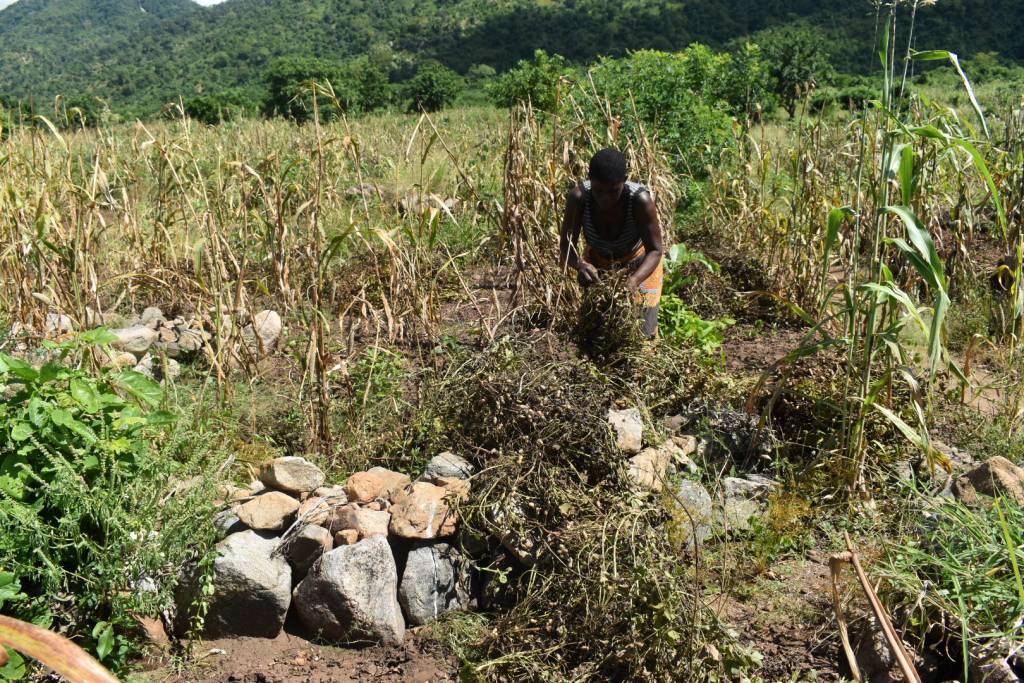
After the death of her husband, Anne Elijah of Chapilira Village, Nsanje District in Southern Malawi depended on groundnut farming to provide her family of five with their basic needs. Elijah recalls: “Groundnuts have been my lifeline, and I have been growing them annually. Their proceeds allow me to buy food and house belongings, as well as pay school fees for my children.”
Like other 436 households along the Matandwe Forest Reserve in the Southern tip of Malawi, Elijah’s life revolves around the legume for socio-economic growth. The soil in the area is unsuitable for maize production, which is Malawi’s staple crop food but suitable for millet. Thus, the Matandwe communities grow groundnuts which they sell to and buy maize to supplement the millet flour.
However, since 2013, Elijah says they have been toiling in vain as the yields have been dwindling, jeopardising their food security and livelihoods. “We have to replant seeds because run-offs do wash away the fields, but the second crop wilts and fails due to dry spells,” she says.
The 57-year-old says the number of bags dropped from 30 to barely 3! “I have been toiling in vain as the low yields earned me little to nothing, and I struggle to support my family,” says the mother of four.
Communities blame the situation on raging water run-offs that wash away fields, hailstorms and prolonged dry spells, among other effects of climate change exacerbated by rampant environmental degradation.
The World Food Programme (WFP) reports that degradation makes Malawi prone to climate change-related disasters such as drought and flood that erode smallholder farmers’ resilience and trap them in hunger and poverty.
The UN agency that fights hunger adds that despite Malawi having a strong environmental policy, agricultural productivity is constrained by the highest deforestation rate, fast population growth and heavy reliance on rain-fed agriculture.
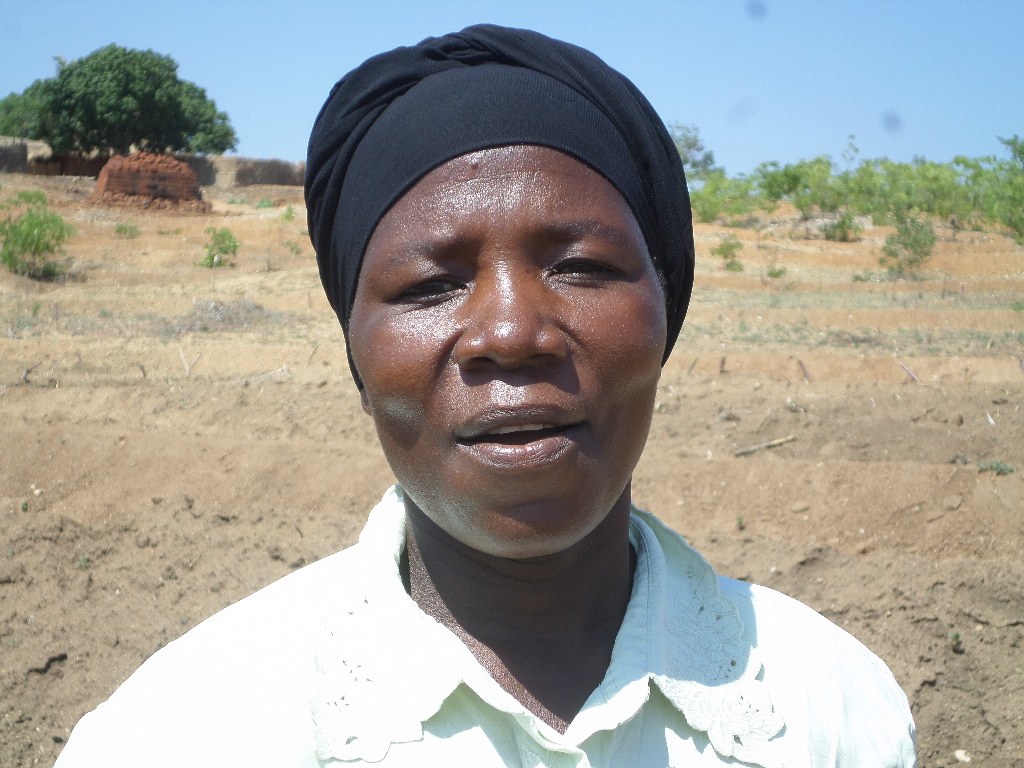
In Balaka District, every growing season, Hawa Dickson has to remake ridges and replant seeds because her crop fields are washed away. Like others with fields at the foot of Chimdikiti Hills in the Kalembo district, raging runoffs affect Dickson’s food production and cause perennial hunger due to low yields.
The 42-year-old says the climate crisis has placed them between a rock and a hard place. “Normal rainfall results in raging runoffs that wash away fields while a downpour leads to floods that damage houses and kill livestock. The fields can be swept twice a year and I fail to produce enough,” says the mother of five.
Dickson has been harvesting four bags of maize on fields the size of a football pitch with the potential of producing about 60 bags of 50kg each.
Another farmer, Stelia Kaliati, says the replanted crops do not thrive with erratic rains and unfavorable climate shocks such as prolonged dry spells. “Every year we end up with no food, coupled with loss of property and damaged houses,” she says.

Burnet Mandevu says the effects of the climate crisis frustrate food production efforts making him struggle as his family’s breadwinner. The father of five says: “I am toiling in vain with all my efforts to support my family not materializing. We grapple with hunger until the next growing season to try our luck.”
As a farming community, Mandevu adds that they are failing to triumph over poverty with the failing livelihood due to the climate-related worsening weather conditions.
However, there is hope for building resilience to achieve food security and bumper harvests for the three women and other farmers in these districts following interventions that the Consortium of International Agricultural Research Centres (CGIAR) is implementing in partnership with local organisations, to deal with the effects of the climate crisis.
The initiatives promote mixed farming system innovations, bridging capacity gaps for sustainable farming systems and building climate-smart food systems, among others. Traditional agricultural practices in Malawi are being challenged amid climate change, as farmers deal with drastically reduced and erratic rains that have led to crop failure and losses.
Under the CGIAR Mixed Farming System initiative (MFS), several climate-resilient technologies have been introduced to farmers, such as natural resource management, conservation agriculture, maize-legume integration, the use of manure, crop rotation, inoculants, improved seeds, and optimised ridge and planting spacing.
With its partners, Nasfam, Harvest Plus, and K2Taso, CGIAR promotes ‘Mbili Mbili’ strip cropping system of growing legumes between maize rows. This helps women and youth with limited land to diversify crops and increase resilience to climate change. The cropping system also improves food security and nutrition, soil health, and livestock feed while increasing maize yields.
The MFS strives to foster an equitable framework for livelihood improvement within diverse agro-ecologies by leveraging synergies between different agricultural components, including crops, livestock, and agroforestry. The initiative seeks to optimize resource utilisation, enhance productivity, and bolster sustainability.
The communities are also engaged in a restoration drive and land and water conservation by constructing stone bunds, eyebrow basins, swales, check dams, and deep trenches on the slopes, open spaces, and idle land to curb soil erosion and sink water in the ground so that crops can thrive.
They are also growing crops under conservation agriculture practices — that address drought challenges — and inter-crop maize with legumes using manure and inoculants — that hold moisture and replenish fertility in the soil until the crops mature.
Elijah and Dickson say they embrace technologies to restore the degraded ecosystem, increase their productivity, and sustainably curb their households’ poverty.
While Mussa James thinks the interventions are crucial to the thriving of their agricultural livelihood in the semi-arid area.“They are key to development because they will offset the effects of climate change, especially drought and erratic rainfall,” he says.
This story was produced with the support of the Consultative Group on International Agricultural Research (CGIAR) and Media for Environment, Science, Health, and Agriculture (MESHA).

